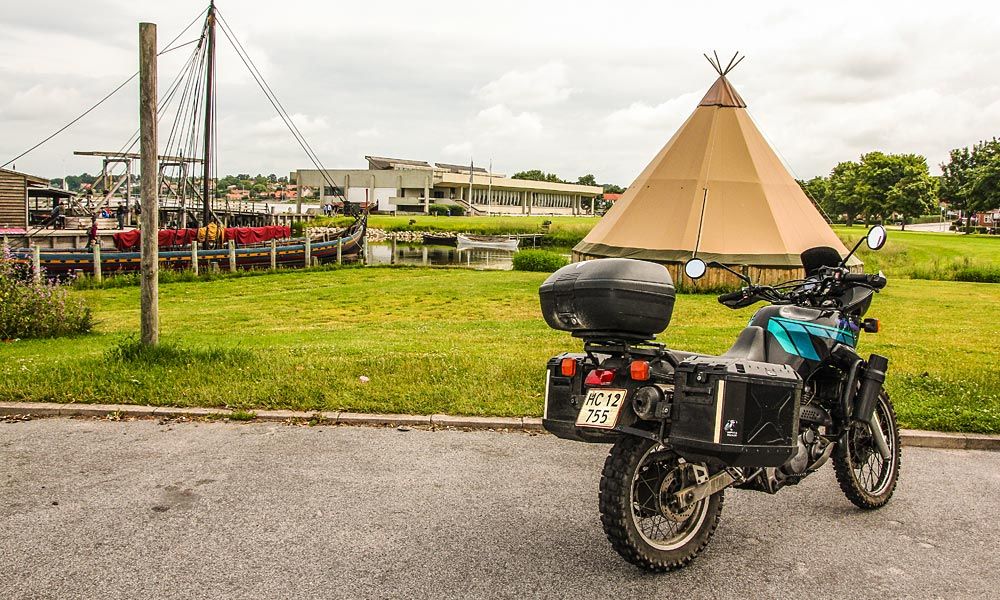ETR // Stage 34 // Mühlhausen - Würzburg
-
Mühlhausen - Würzburg
-
51°12'31.3"N 10°27'33.3"E
-
51.208698, 10.459256
Distance
-
Mühlhausen - Würzburg
-
Radius 100 km
-
233 km
Highlights
-
Mühlhausen Old Town
-
Schweinfurt Village Old Town
-
Würzburg Old Town
-
Marienberg Fortress
-
Leistenberg
-
Maschikuli Tower
-
The Würzburg Residence
-
Würzburg State Gallery
-
Martin von Wagner Museum


Morning time in Mühlhausen
A couple of days in Mühlhausen is a good investment in your cultural and historical understanding of Central Europe. You find yourself in the north-west of Thuringia in Germany's geographical center.
Mühlhausen was first mentioned in 967 AD and became one of the most important cities in the central region in the late Middle Ages. The engineer of The Brooklyn Bridge, John A. Roebling, and the influential architect Friedrich August Stüler were born in Mühlhausen. Johann Sebastian Bach worked as the municipal organist from 1707 to 1708.
With eleven Gothic churches and well-preserved fortifications, Mühlhausen has a great variety of historical buildings, with one of the largest medieval city centres remaining in Germany, today. So don't be too pressed to leave early..



The Garden of Earthly Delights
As the map above shows, you're in the heart of where the action is, in relation to cultural, heritage and historic places to visit, and various other experiences to be had. It reminds a bit of the famous painting by Hieronymus Bosch, "The Garden of Earthly Delights" and you can find yourself standing there for many minutes trying to interpret the message that the artist was trying to convey. What was he/she/they feeling when they painted this? Have they been to all of these places? Then you snap out of it and realise that your coffee is now cold, the sun is out, you're starting to get warm in all this riding gear and the motorcycle still needs petrol, but at least you can get a cold beverage there, also. Onwards!



Schweinfurt Village Old Town
Traces of settlements in this region as early as 7,500 years ago can be detected at various places in the modern village (old) town. The first settlement of the historic Schweinfurt was also on the Main, between the two streams Höllenbach and Marienbach.
The Village Old Town itself is at least 2,100 years old, and Schweinfurt was first documented in 791 making it one of the oldest cities in Bavaria. Around 1,000 the Margraves of Schweinfurt controlled large parts of northern Bavaria. From the 12th century until 1802 Schweinfurt was a Free Imperial City within the Holy Roman Empire, and around 1700 became a humanistic centre, and in 1770 began the 250-year industrial history of Schweinfurt.
During World War II, the Americans experienced their biggest air defeat in the Second Raid on Schweinfurt (Black Thursday). On 11 April 1945, the US Army invaded the city by land after the D-Day landings at Normandy. During the Cold War, the US founded USAG Schweinfurt, with the highest concentration of US combat units in the Federal Republic of Germany. Following German Reunification in 1990, Schweinfurt has become an important traffic hub in the centre of Germany. Already many things to digest here... but keep digging!


Würzburg, Marienberg Fortress and Maschikuli Tower
When you arrive in Würzburg, visit Marienberg Fortress with one of the most impressive structures in the city, Maschikuli Tower from 1729. The Würzburg Residence with courtyard garden was built between 1720 and 1744 to plans by Balthasar Neumann. A large number of outstanding artists contributed to the furnishing of the residence, including the plasterer Antonio Bossi and the most important fresco painter of the time, the Venetian Giovanni Battista Tiepolo. Time for a beer in one or some of the many great local beverage purveyors, to take it all in.



Friends, Romans... Celts, Francs and Merovingians
Leistenberg, the site of the present Fortress Marienberg has had many names and functions throughout the ages. As a A Bronze Age refuge castle for the Urnfield culture, the Celtic fort of Segodunum, and later it functioned as a Roman fort, under the expansionist colonialist hubris of The Roman Empire. The former Celtic territory was settled by the Alamanni in the 4th or 5th century, and again by the Franks in the 6th to 7th centuries. The name is presumably of Celtic origin, but based on a folk etymological connection to the German word Würze "herb, spice", the name was Latinized as Herbipolis in the medieval period.
Würzburg was the seat of a Merovingian duke from about 650, and was Christianised by Irish missionaries Kilian, Kolonat and Totnan in 686 in a fit of religious expansionism. Würzburg is mentioned in a religious donation dated May 1st, 704 by Duke Hedan II to bishop Willibrord in castellum Virteburch. The Ravenna Cosmography lists the city as Uburzis at about the same time.
Würzburg State Gallery and Martin von Wagner Museum
When the city was destroyed on March 16, 1945, the stairwell, the White Hall, the Emperors Hall and the Garden Hall were preserved, and reconstruction took almost 40 years. With the Würzburg State Gallery, the Residence also houses a branch gallery of the Bavarian State Painting Collections, which is dedicated to the great centuries of Venetian painting. Visit the Martin von Wagner Museum before you head north or south.
































































































